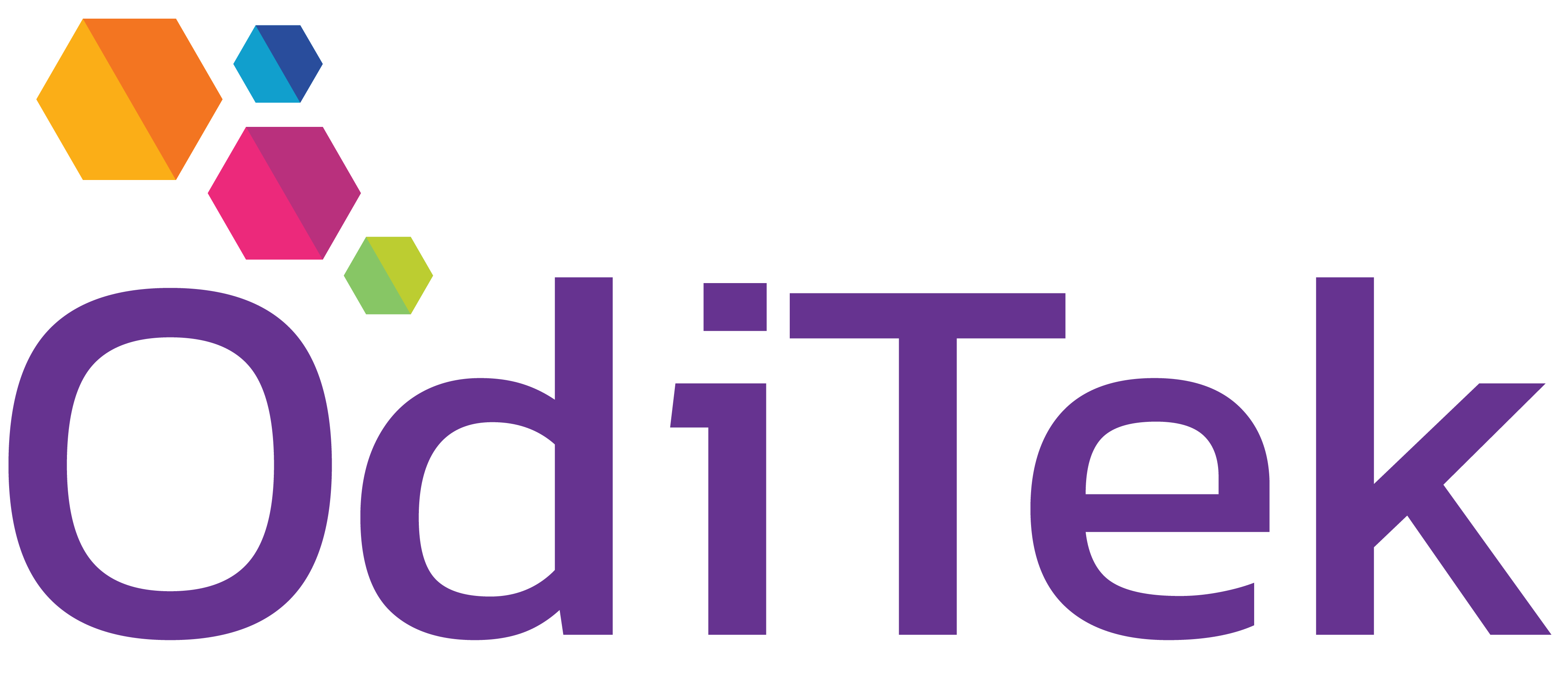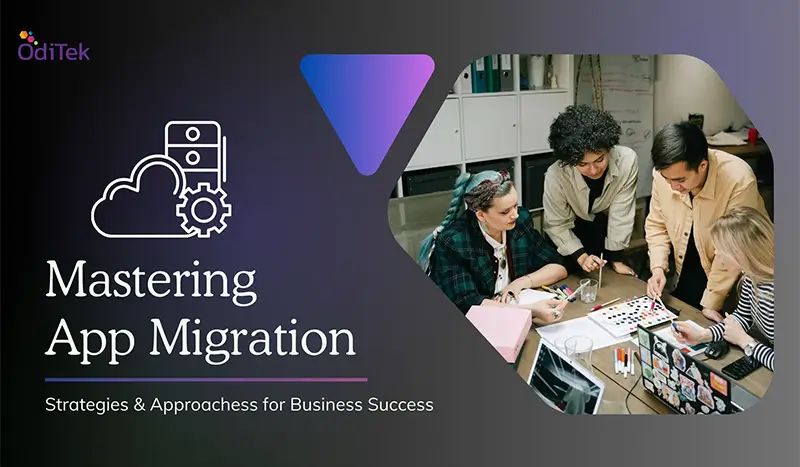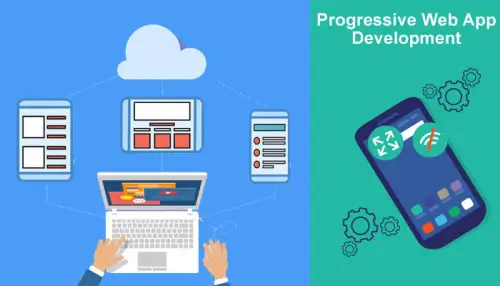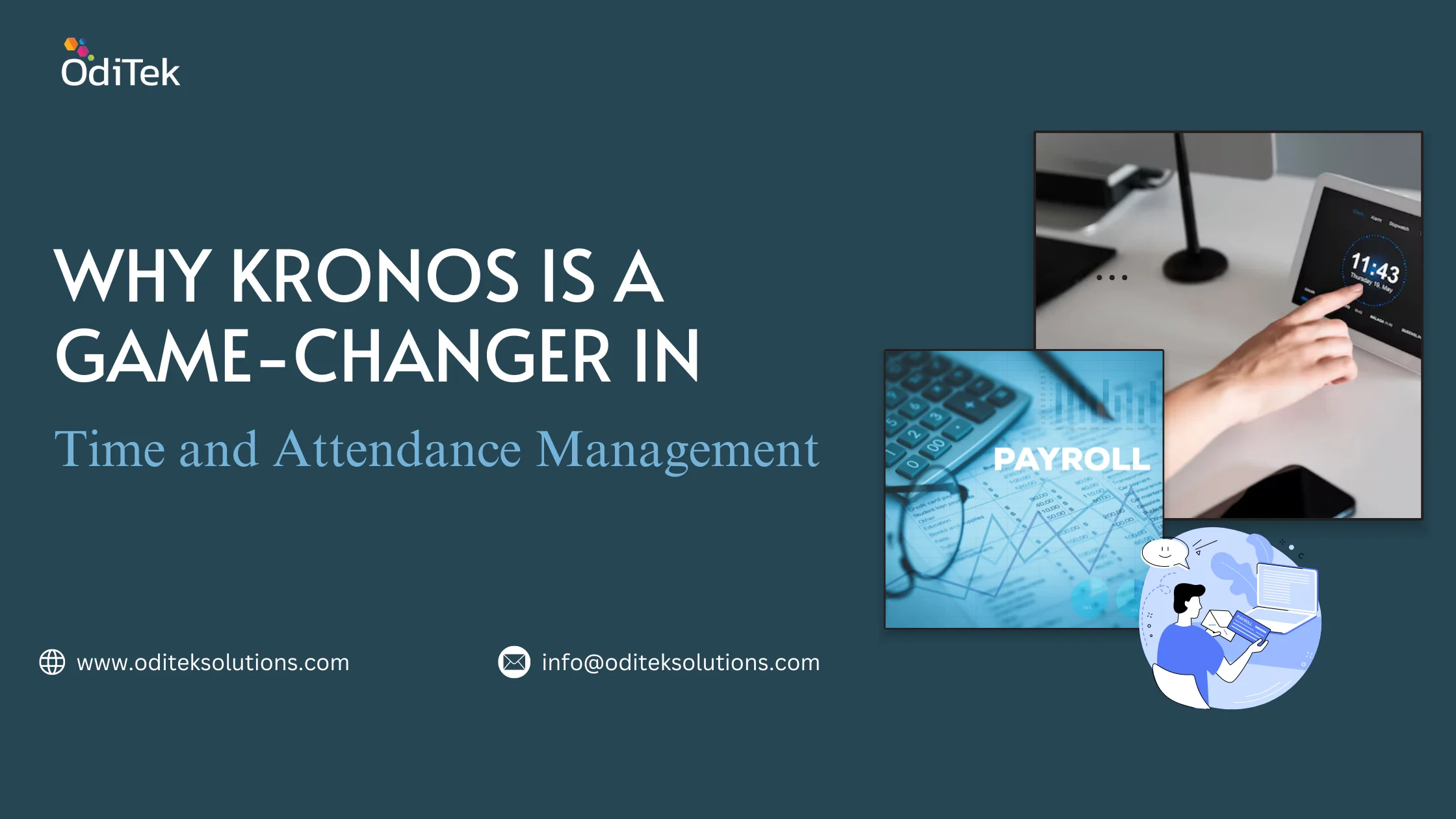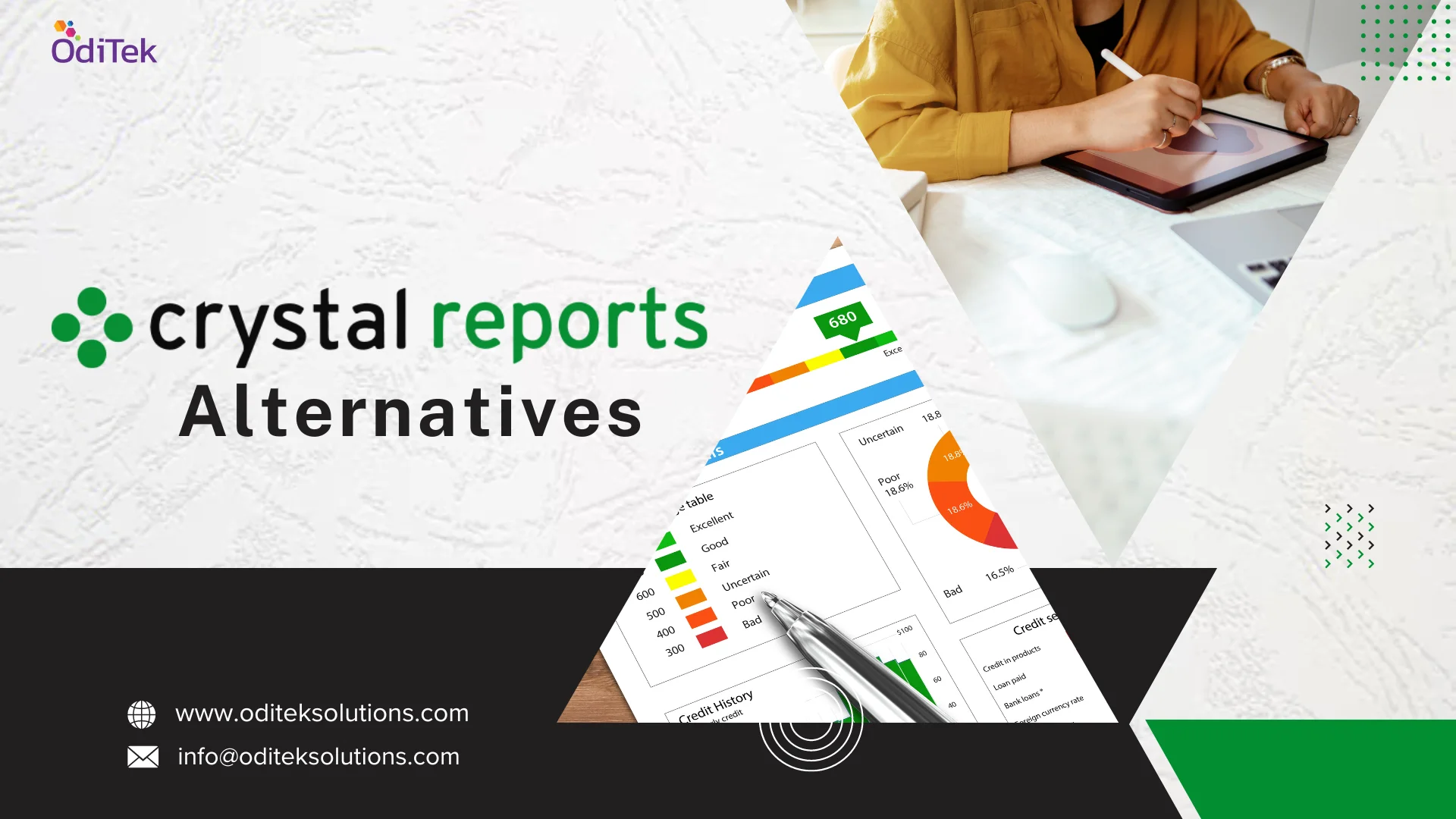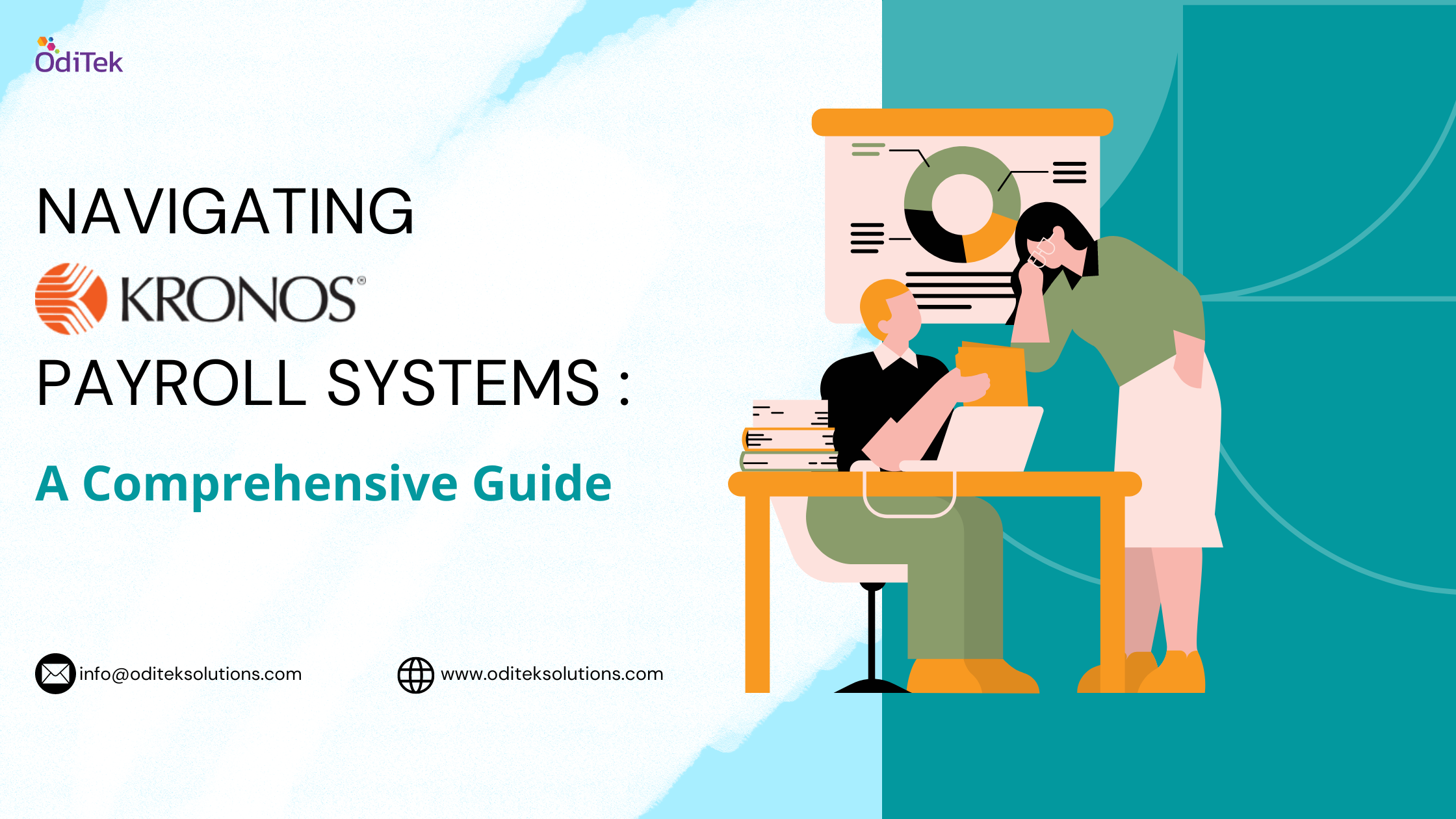App migration is crucial in corporate settings as it enables organizations to adapt to evolving technologies, reduce operational costs, and improve efficiency. Moving to cloud platforms enhances scalability, while upgrading software ensures compatibility and security. Migration supports digital transformation by modernizing legacy systems, fostering innovation, and enhancing customer service. In mergers and acquisitions, it streamlines IT integration, enhancing overall efficiency. Moreover, application migration ensures business continuity through disaster recovery planning, minimizing downtime, and preserving customer trust. Ultimately, it empowers corporations to stay competitive and agile in a rapidly changing technological landscape.
App Migration: Overview
Application migration is a vital IT process where businesses shift their computer applications or software from one environment to another. This can involve transferring applications from on-premises servers to cloud platforms, upgrading software versions, altering hardware infrastructure, or adopting entirely new technology stacks. The primary aim of application migration is to ensure the seamless functioning of software in the new environment while achieving specific business objectives.
Another critical app migration function involves upgrading software to keep pace with evolving technology. This often necessitates adjusting code and configurations to align with the updated environment, ensuring compatibility, security, and optimal performance.
Application migration also plays a pivotal role in digital transformation initiatives. It allows organizations to modernize legacy applications, adopting flexible and scalable architectures like microservices or containerization. This facilitates rapid development, easier maintenance, and seamless integration with other applications and services, promoting innovation and enhanced customer service.
Furthermore, mergers and acquisitions frequently demand application migration. When two organizations merge, integrating disparate IT infrastructures and software systems is essential to streamline operations. This may involve data consolidation and harmonizing software tools to establish a unified, efficient IT landscape. Application migration also supports disaster recovery and business continuity planning by replicating critical applications and data to remote or cloud-based environments. This safeguards business operations during system failures, natural disasters, or unforeseen disruptions, minimizing downtime and preserving revenue and customer trust.
Choosing the Right App migration Approach
Application migration is a critical undertaking for organizations seeking to adapt, improve, or modernize their software systems. Choosing the right application migration approach is instrumental in ensuring the success of this process. A well-thought-out application migration strategy, coupled with an application migration checklist, helps guide organizations through the complex journey of moving their software from one environment to another. Here are the five common application migration approaches and how they fit into the broader context of migration strategies-
1.Rehosting (Lift-and-Shift)
Rehosting is a straightforward approach in the application migration toolkit. It involves transferring an application from its existing environment to a new one with minimal changes. Think of it as moving your belongings from one house to another without making substantial modifications. Rehosting can be relatively quick and cost-effective, making it a viable option for organizations with tight timelines and budgets. However, it may not fully optimize the application for the new environment, so performance improvements might be limited.
When implementing the rehosting approach, an application migration checklist becomes essential. It ensures that all necessary tasks are accounted for, such as data backup, compatibility checks, and validation in the new environment. This checklist acts as a roadmap, ensuring that no crucial steps are missed in the migration process.
2.Replatforming (Lift-and-Optimize)
Re-platforming involves making some modifications to the application to better align it with the new environment. It’s akin to moving to a new house and taking the opportunity to renovate or upgrade certain aspects to suit your needs better. Organizations opt for this approach when they want to improve application performance or leverage specific features of the new platform while avoiding a complete overhaul.
A well-defined application migration strategy for re-platforming includes assessing which parts of the application need modification, selecting the appropriate tools and technologies, and conducting rigorous testing to ensure compatibility and performance. The application migration checklist in this case helps manage the various optimization tasks, from code adjustments to configuration updates.
3.Refactoring (Re-architecting)
Refactoring is a more intensive approach that involves making significant changes to an application’s code or architecture to fully leverage the advantages of the new environment. It’s akin to tearing down your old house and building a brand-new one in a different location. Organizations choose refactoring when they seek to achieve maximum performance, scalability, or adaptability in the new environment.
A comprehensive application migration strategy for refactoring requires a deep understanding of the application’s architecture and dependencies. The checklist becomes even more critical here, as it helps ensure that every aspect of the application is thoroughly reviewed, redesigned, and tested in the new environment. It includes steps for reimagining the application’s structure, data models, and integration points.
4.Rebuilding
Rebuilding is the most radical of the application migration approaches, involving creating a new application from the ground up in the new environment while using the old application as a reference. It’s like demolishing your old house and constructing a completely new one according to updated specifications. Organizations choose this approach when they want to take advantage of the latest technologies or methodologies and are willing to invest in a fresh start.
An effective application migration strategy for rebuilding begins with a comprehensive analysis of the existing application’s functionalities and features. The checklist in this case serves as a comprehensive guide for defining requirements, designing the new application, and gradually transitioning users and data to the rebuilt system.
5.Replacing
In some instances, organizations opt to replace the existing application with an entirely different one that serves the same purpose. It’s akin to selling your old car and purchasing a brand-new one when relocating to a new city. This approach is chosen when the existing application is outdated, no longer meets business needs, or when a better off-the-shelf solution is available.
The application migration strategy for replacement focuses on identifying the right replacement software, migrating data, and ensuring a seamless transition for users. The checklist in this scenario helps with vendor evaluations, data mapping, and user training to ensure a smooth switch from the old application to the new one.
Conclusion
In conclusion, app migration is the cornerstone of adapting to evolving technologies, reducing costs, and enhancing efficiency in the corporate world. It supports digital transformation, streamlines IT integration during mergers and acquisitions, and ensures business continuity. Choosing the right migration approach is key to success.
OdiTek, with its comprehensive services, including iPaaS, CMS development, desktop application development, database and client-server solutions, domain-based and independent testing, enterprise product development, e-commerce solutions, mobile app development, and web scale product design, offers holistic support in application migration.
